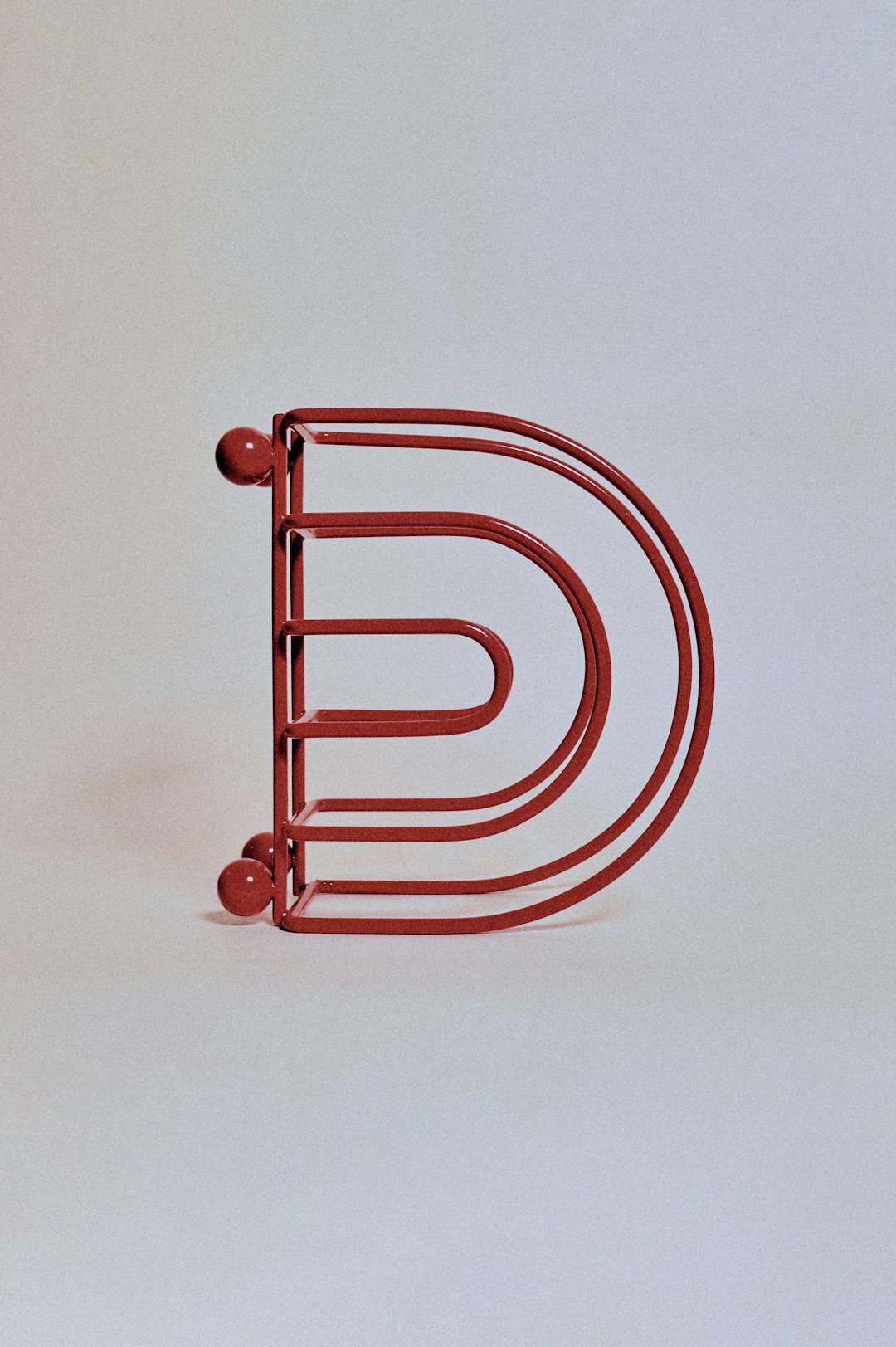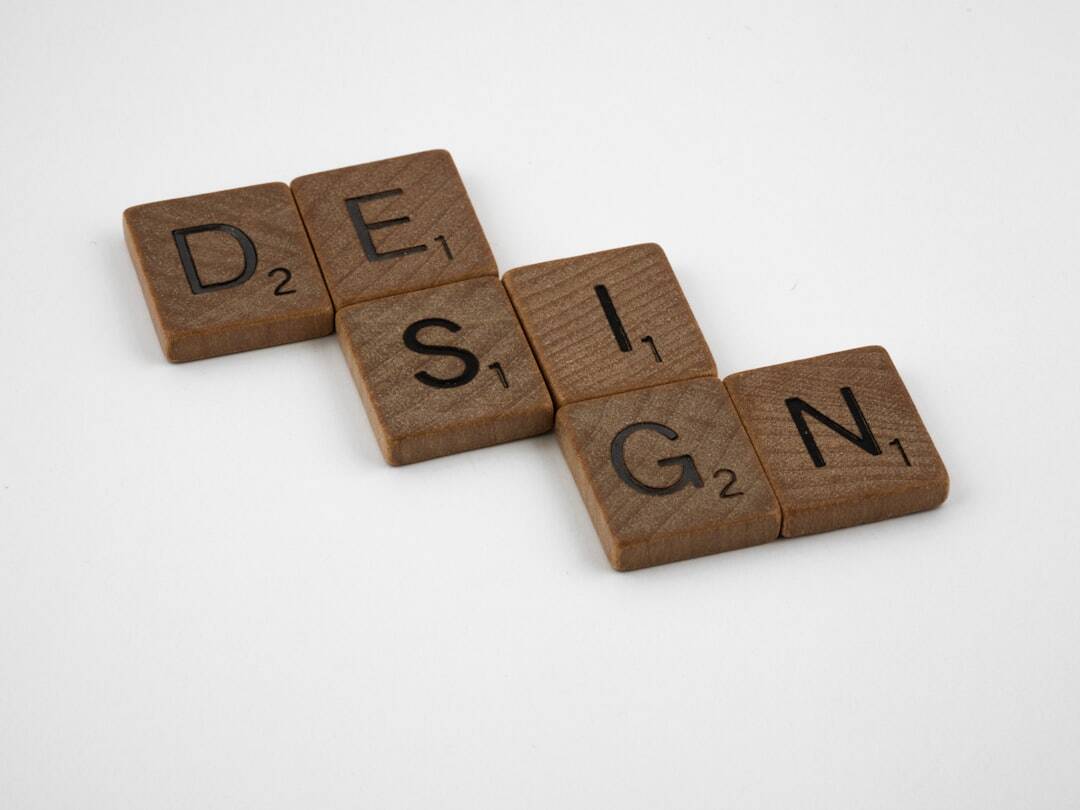A logo is much more than a simple graphic — it represents the identity, values, and professionalism of a brand. Designed correctly, a logo becomes one of the most crucial assets in a company’s visual communications. However, its power is truly evident only when it remains effective across different marketing materials. From business cards to websites, billboards to product packaging, a logo must retain its impact and legibility no matter the context. To ensure consistency and adaptability, a logo design should be crafted with flexibility and scalability in mind.
Companies that fail to adapt their logo design for various uses risk presenting an inconsistent brand image, which can confuse or deter potential customers. Therefore, understanding how a logo can be adapted for different marketing materials is essential for maintaining a strong and reliable brand presence.
The Importance of Versatility in Logo Design
A versatile logo design ensures that your brand remains recognizable and professional-looking regardless of the medium. Whether viewed on a smartphone screen or the side of a delivery truck, a well-adapted logo supports brand recall and trust. Versatility requires the logo to be:
- Scalable: It must look sharp and clear at both small and large sizes.
- Reproducible: It should retain its integrity in both color and black-and-white formats.
- Legible: Every element, particularly text, must remain readable in different dimensions and contexts.
- Brand-consistent: The design should not require modifications that alter its original identity or impression.
Key Strategies for Adapting Logos
To ensure your logo performs well across different marketing channels, consider these professional strategies:
1. Create Multiple Logo Variants
Rather than relying on a single version, develop a logo suite that includes:
- Primary logo: The full design used for standard purposes such as websites and letterheads.
- Secondary logo: A simplified version, perhaps with rearranged elements, suited for alternative layouts like banners and narrow spaces.
- Icon or logomark: A standalone graphic without text, ideal for social media profiles, app icons, or favicon use.
- Monochrome versions: All-white or all-black adaptations useful for printing, embossing, or watermarking.

2. Develop Clear Usage Guidelines
A brand style guide is essential. This document should outline how the logo is to be used in different media including rules for:
- Minimum size requirements
- Clear space around the logo
- Acceptable background colors and imagery
- Color specifications (CMYK, RGB, Pantone)
- Incorrect uses to avoid
These guidelines help external vendors, in-house teams, and marketing agencies maintain design integrity in every application.
3. Consider Horizontal and Vertical Lockups
Depending on the available space, a horizontal or vertical lockup of your logo might be more suitable. For example, storefront signage could benefit from a horizontal logo, while stacked vertical versions might work better on product packaging.
These alternative layouts ensure the logo remains proportionate and visually appealing, regardless of format constraints.
4. Prepare for Digital and Print Media
Marketing materials span both digital and print platforms, each demanding different file types and resolutions. Ensure your logo is available in the following formats:
- Vector files (AI, EPS, SVG): Perfect for scaling without quality loss and essential for printing
- Raster files (PNG, JPG): Used in websites, email campaigns, and digital presentations

Additionally, logos should be optimized for dark and light backgrounds so that they’re always visible and attractive, no matter the circumstance.
Real-World Application
Consider a retail company that needs to use its logo on a variety of media: store signage, shopping bags, mobile apps, membership cards, and digital ads. An inflexible logo design could distort or become unreadable on small labels or overly dominant on mobile screens. By having a full logo suite and clear usage guidelines, the brand can maintain a visually consistent identity across all touchpoints.
Conclusion
Adapting a logo for different marketing materials is not just a matter of resizing—it involves anticipation, flexibility, and strategic design. A well-adapted logo will reinforce a brand’s credibility and make it immediately recognizable across every channel. Investing the time and resources into creating comprehensive logo variations and usage rules is a proactive step toward building a strong, lasting brand presence.